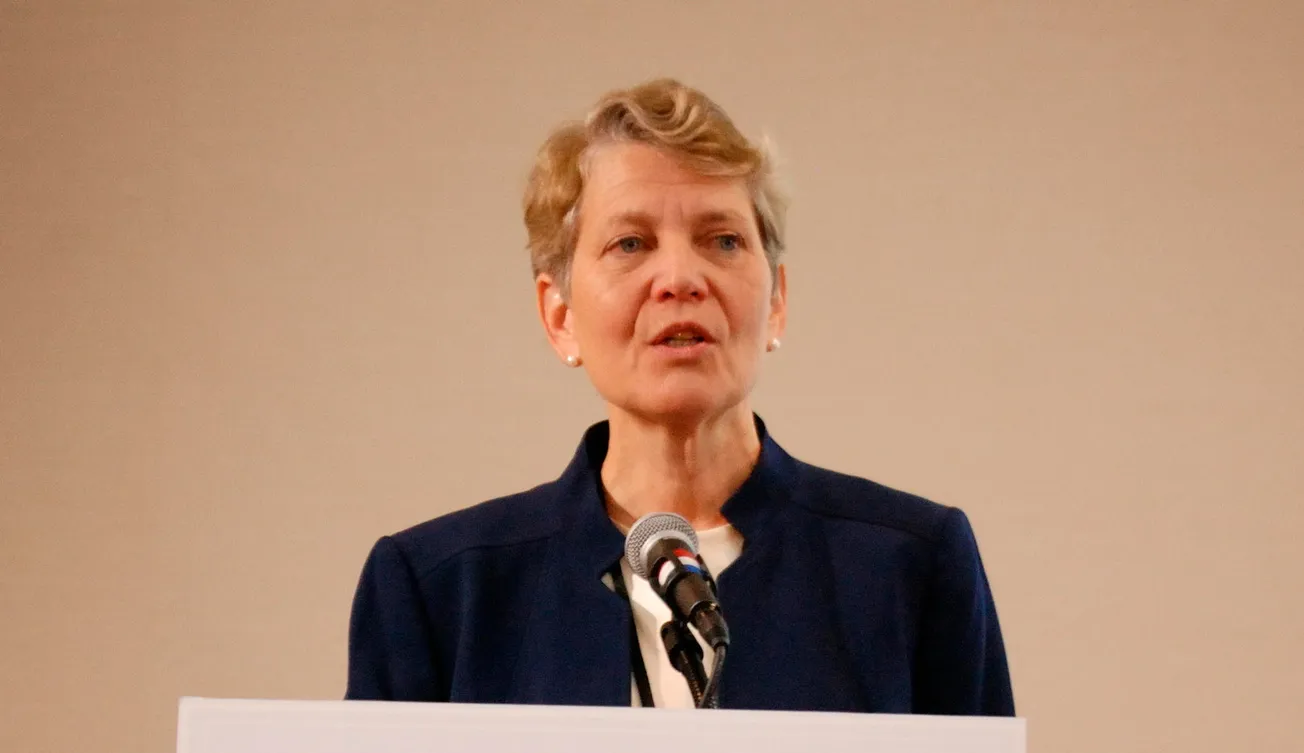The Russian Central Bank, led by its governor, Elvira Nabiullina, jacked up its key interest rate from 8.5 to 12% today. On July 21, it had raised its key interest rate from 7.5 to 8.5%. Thus, over the span of three weeks, it has yanked up its key rate by 4.5%, thus increasing its key rate by 60% from its level on July 21.
It is difficult for industry and agriculture to have to borrow money at 12% interest rates, because they would have to earn a 15% rate of return from their businesses, just to earn a small profit.
Prior to Nabiullina’s actions, the ruble, the Russian currency, had lost one-third of its value since February, falling to 100 rubles to the dollar. There were also reports of capital flight.
The Russian Central Bank stated today, “Inflationary pressure is building up…. The decision is aimed at limiting price stability risks.”
Indeed, Russia is being hit by Western financial warfare, similar to that striking Argentina and Turkey, as part of the run-up to the BRICS summit in South Africa. Nabiullina is following textbook monetarist policy, as taught by Cambridge and Harvard universities: if one’s country’s currency falls, raise interest rates. At this point, Nabiullina’s decisions do not address the real problem, and leave Russia more vulnerable. This is true of her loosening one of the pillars of Russia’s capital controls over the recent period—requiring 80% of Russia’s export revenues to be kept in the country.
Russian economist Sergei Glazyev had repeatedly and publicly disagreed with Nabiullina’s monetarist approach, arguing instead for a Hamiltonian policy of expanded, low-interest credit directed to high-technology productive expansion, as the only way to defeat inflation. Glazyev has cited the Chinese model of credit and production policy as one to follow.
On Aug. 14, Glazyev stated on his Telegram channel his belief that the Russian Central Bank and the Ministry of Finance are still guided by the methods imposed by the Americans, burying their own currency. He wrote that, “A blockhead in preference always walks the same way.” He told what consequences a sharp collapse of the ruble could have. First of all, this is a widespread increase in prices, since Russia is still dependent on imported goods in a number of ways. Glazyev wrote on Telegram that “the only way to make the ruble stable is to gain commodity sovereignty in various sectors of the economy,” which means Russian self-sufficiency, in a significant way, in producing the goods it needs.


